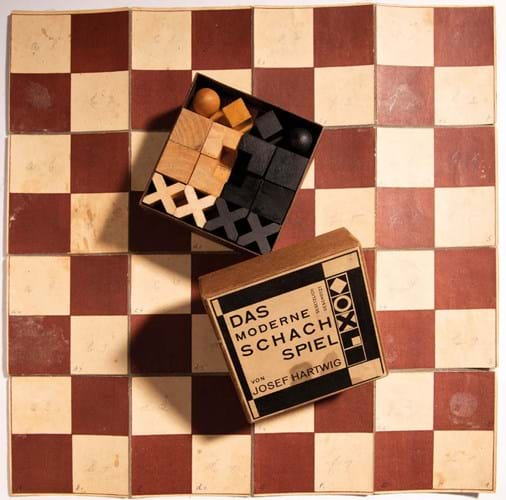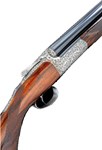
The influence of the Bauhaus design school cannot be understated. Over the course of just 14 years it revolutionised modern design.
Walter Gropius’ school of design opened its doors in Weimar in the spring of 1919, relocating first to Dessau and finally to Berlin, where it was forcibly closed by the National Socialists. In its final days, the school was housed temporarily in a disused factory, which was surrounded by the police on April 10, 1933. The few remaining students and staff were arrested and the building sealed off. Many of them subsequently turned their backs on Germany and went into exile.
This year is the centenary of the Bauhaus’ foundation, an occasion being marked by the renovation of museums in Berlin and Weimar, the opening of a new museum in September in Dessau and numerous accompanying exhibitions.
Connected sales
Auction houses grasped the chance to capitalise on the occasion by holding specialist sales. In Berlin Grisebach mounted an auction on May 30 while Quittenbaum offered one in Munich on June 25.
Keen-eyed collectors also had the opportunity to pick up works of art with a connection to the Bauhaus at various other spring auctions.
As the results of this review of sales in Germany, Austria and Switzerland demonstrates, the interest of the bidders was selective.
The prices achieved, which range from a few hundred Euros to six figures, also reflect the broad scope of the artistic endeavour of the teachers and the pupils, which encompassed every type of material, from paper to metal, textiles to wood, and silver to glass, not to mention the impact many of the designers had on modern architecture.
£1 = €1.11/SFr1.23














